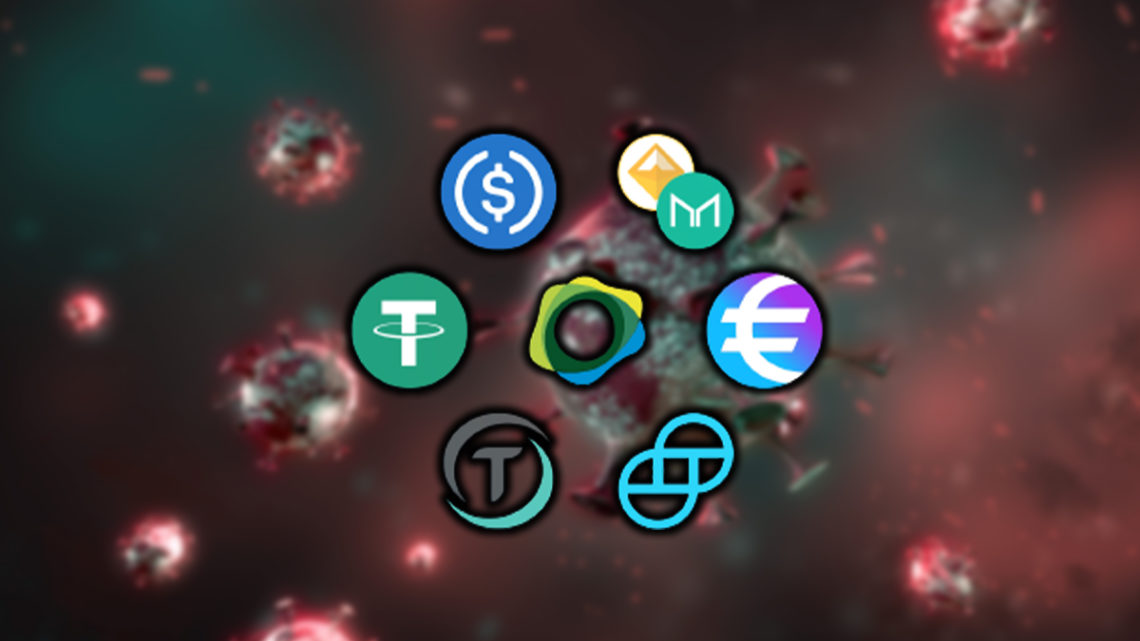- Stablecoins helps investors transfer value from one crypto exchange to another, which involves risk
- FSOC should closely regulate stablecoins even though they are pegged to a currency
- Regulating stablecoins will help financial inclusivity across economies
It’s uplifting news that monetary controllers are centered around sorting out some solutions for stablecoins on the grounds that their development is making critical dangers. Be that as it may, there’s a greater picture here than how to bring these new instruments inside the administrative border or how to manage crypto for the most part, despite the fact that these are significant.
The greater issue is how would we modernize our installments framework? This ought to be a Biden organization need since it would help low-pay individuals specifically. The association between stablecoins and helping low-pay individuals may appear to be far-fetched on the grounds that stablecoins are essentially utilized today to estimate cryptographic forms of money.
While their development has driven monetary controllers to stress over likely fundamental dangers, that development is incompletely a direct result of inadequacies in our installments framework, and those lacks are a significant motivation behind why the U.S. lingers behind other created countries in monetary incorporation. Stablecoins have conceivably a lot more extensive application.
Dangers of stablecoins
Appropriately controlled, they are one method—albeit obviously by all accounts not the only means—of restoring a portion of those installment framework inadequacies. Hence, monetary controllers ought to address the dangers that stablecoins act like well as keep their point on that more extensive objective of modernizing our installments framework and further developing admittance to the monetary framework.
Stablecoins are advanced tokens whose worth is fixed to the dollar (or another cash or resource). They serve to make everything go smoothly in the crypto business, empowering financial backers to effectively move esteem between various crypto trades and cryptographic forms of money without changing over to and fro into dollars.
Settlement is moment, in this manner staying away from postponements of different methods for installment. This capacity, combined with touchy development in the cryptographic money market, clarifies why the market capitalization of stablecoins has expanded from $20 billion a year prior to more than $120 billion today1.
While stablecoin utilization has to a great extent been in the crypto business, their effect has effectively been more extensive. As Federal Reserve executive Powell said in talking about Facebook’s Libra proposition, the idea “got a fire going” under national brokers to consider national bank advanced monetary standards (CBDCs). Both stablecoins and CBDCs are approaches to cure insufficiencies of our installments framework and possibly upgrade monetary incorporation.
Institutions have likening for stablecoins
As monetary controllers address the dangers of stablecoins, they should explain the bigger objective of modernizing our installments framework and expanding admittance to the monetary framework.
Banks handle by far most of U.S. dollar installments in a protected and all-around tried way. Be that as it may, the framework is described by somewhat significant expense, powerless contest, and inadequate advancement. Americans pay fundamentally more than Europeans for installment administrations, especially in view of high expenses paid for Mastercards.
The framework is likewise sluggish compared with constant installments progressively normal in different nations. Most Americans may say the framework is fine. We don’t see trade charges paid by shippers since they are moved into costs, and our Mastercards give us free-spinning credit, cashback, preferred customer credits, or different prizes.
Nor is any individual who has a few investment funds prone to be troubled if a check several days to go through. Yet, the defects of the framework gauge significantly more intensely on those in lower levels of pay.
The individuals who live check to check are in danger of causing huge overdraft expenses when checks don’t go through rapidly. The way that around 70%7 of the people who use check changing out administrations have financial balances is obvious proof that something is off-base with the installments framework.
Furthermore, on the grounds that individuals with lower wages have fewer Visas—they utilize more pre-loaded cards and charge cards, which don’t offer similar advantages—the Mastercard costs implanted in costs fall lopsidedly on them.

Andrew is a blockchain developer who developed his interest in cryptocurrencies while pursuing his post-graduation major in blockchain development. He is a keen observer of details and shares his passion for writing, along with coding. His backend knowledge about blockchain helps him give a unique perspective to his writing skills, and a reliable craft at explaining the concepts such as blockchain programming, languages and token minting. He also frequently shares technical details and performance indicators of ICOs and IDOs.


 Home
Home News
News







